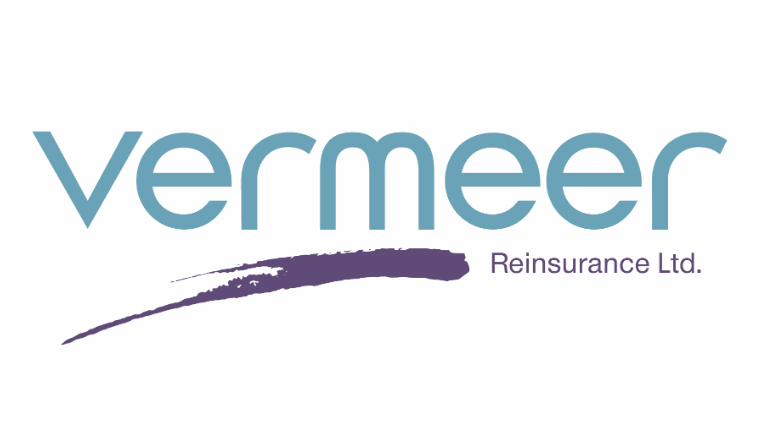PGGM / PFZW rolls Vermeer Re income, taking reinsurer to $2bn

Vermeer Reinsurance Ltd., the joint-venture and rated underwriting vehicle that RenaissanceRe manages on behalf of Netherlands-based pension investor PGGM and its end-client the Dutch pension PFZW, had a strong second-quarter, with almost $52.2 million of net income attributable to the backers of the company.
That was more than double the quarterly income from Vermeer Re that was attributable to the investors in the rated reinsurance company a year earlier and higher even than the $47.4 million from Q1 of 2023.
For the first-half of 2023, income attributable to the investors in Vermeer Re has now risen to almost $100 million, well up on the H1 2022 total of $41.6 million.
Vermeer Reinsurance Ltd. is a rated reinsurance company managed by RenaissanceRe (RenRe), but capitalised by pension investor PGGM, the biggest single allocator to the insurance-linked securities (ILS) market, on behalf of its end-client the Dutch pension PFZW.
The pension investor has been expanding Vermeer Re’s capabilities and balance-sheet over the last few years, with incremental small investments made, last in Q3 2022 as we reported at the time.
But the investors also opt to roll any income earned back into Vermeer Re, to further boost its balance-sheet, with the income from 2023 making a significant contribution.
Vermeer Re’s balance-sheet assets stood at $1.3 billion at the end of 2021, but then through 2022, PGGM invested an additional $130 million into Vermeer Re, on behalf of PFZW, while income was also rolled back into the reinsurer.
Vermeer Re’s balance-sheet assets subsequently grew to $1.5 billion, while the redeemable noncontrolling interests, effectively the investors stake, reached $1.33 billion also at the end of the third-quarter of 2022.
Fast-forward through the continued hardening of the reinsurance market and by June 30th 2023, Vermeer Re’s balance sheet assets have ballooned to $2 billion, while the redeemable noncontrolling interests are now just slightly under $1.6 billion.
By rolling in the income earned again, the investors are boosting Vermeer Re’s ability to underwrite more business, which in the currently hard property catastrophe reinsurance market is a sound strategy.
Vermeer Reinsurance Ltd. (Vermeer Re) was launched and began underwriting for the January 2019 reinsurance renewals, as RenRe teamed up with long-time insurance-linked securities (ILS) institutional investor PGGM, and it became the first managed and ‘A’ rated reinsurance vehicle for a single pension investor.
Vermeer Re writes higher-layer catastrophe reinsurance opportunities globally, and began its operations with an initial capitalisation of $600 million, invested by PGGM on behalf of the Dutch healthcare and social welfare sector’s PFZW pension.
The growth since then has been impressive, with the incremental additional investments from PGGM and the contribution from the incorporation of income generated.
PFZW retains all of the economic interests in Vermeer Reinsurance Ltd., so these increases in capital allocated and through earnings effectively expand the reinsurance company, so it can underwrite more risk each year and make the most of reinsurance market conditions.
Vermeer Re is a very efficient way for a pension investor to deploy capital into reinsurance and the timing of its launch was effective, given the reinsurance market has consistently hardened since that time.
For investor PGGM and pension client PFZW, Vermeer Re has also been an optimal structure to have in place at a time when it had been forced to slightly downsize its allocation to insurance-linked securities (ILS), having overreached its allocation limit for the asset class last year.
Given the leverage inherent in the rated balance-sheet of Vermeer Re, the structure has perhaps provided PGGM the ability to remain a major player in reinsurance without having to worry about reducing limit available by pulling collateral back.
In the second-quarter, RenRe cited “improved underwriting results” at Vermeer Re, as well as higher investment income, which boosted the income that was earned by the structure and ultimately now further boosts its balance-sheet and risk appetite.






